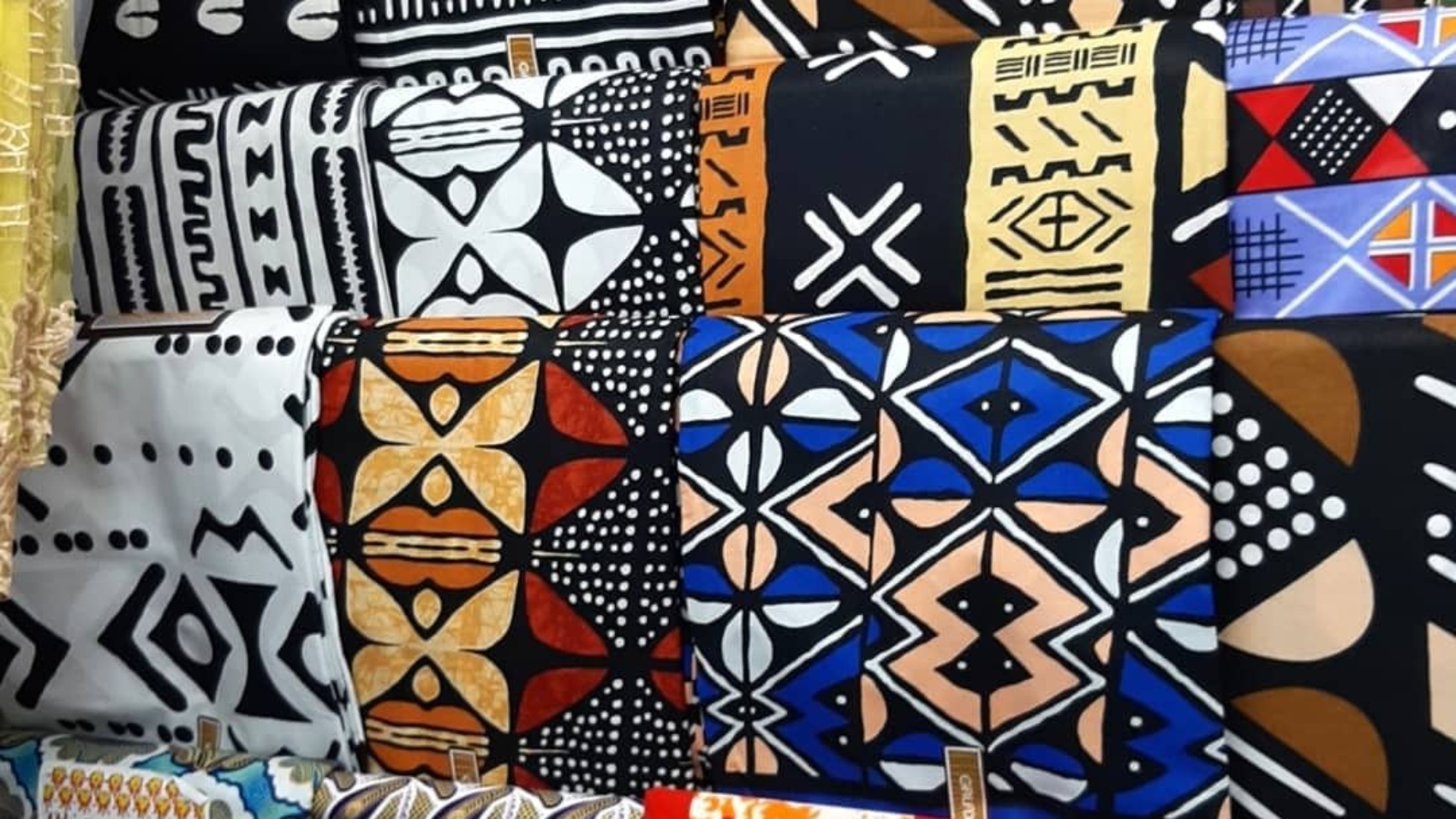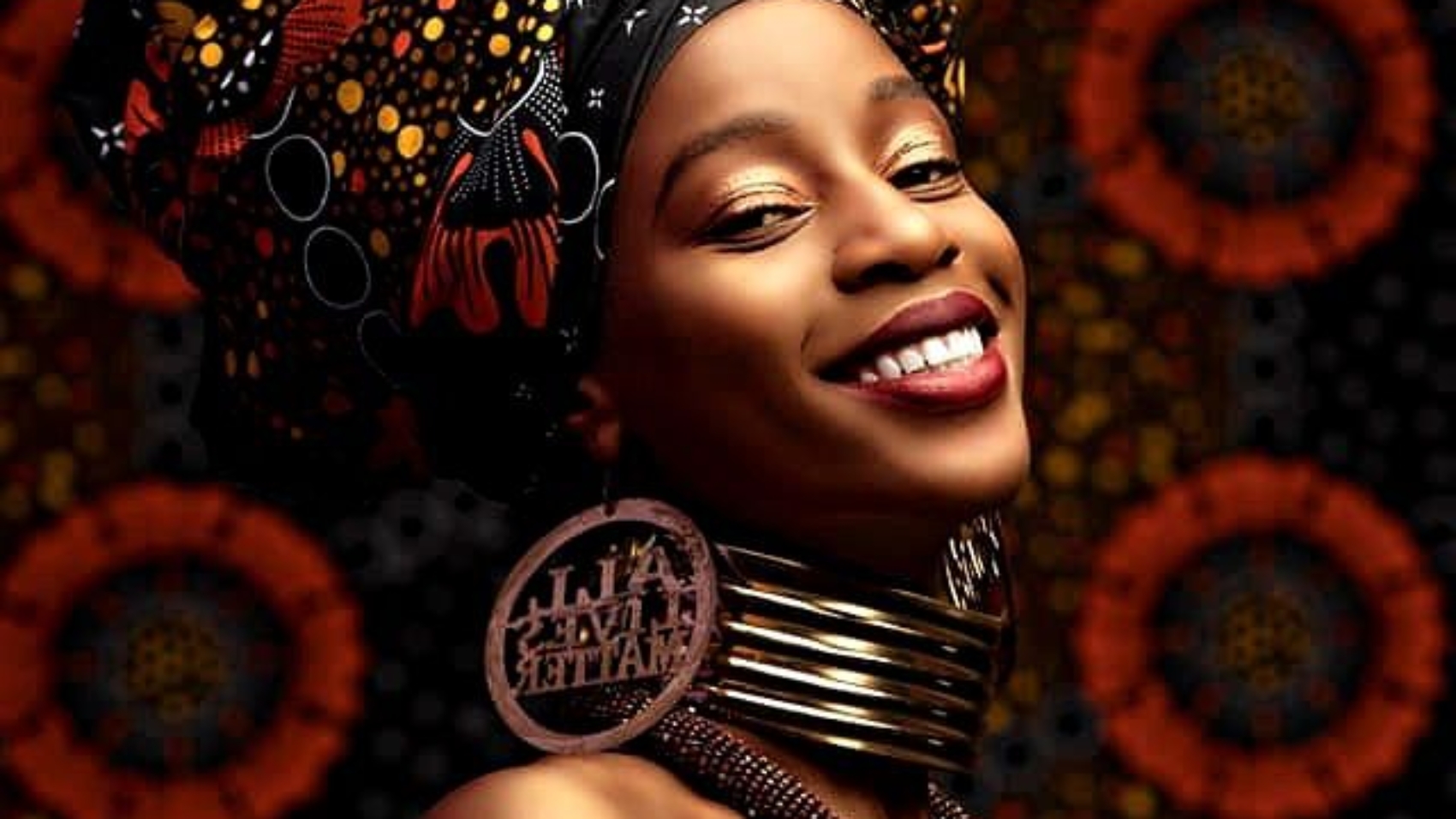Introduction
African fabrics are more than just textiles—they are vibrant storytellers, carrying the legacy of generations through intricate patterns, bold colors, and symbolic meanings. Each weave, dye, and print reflects the rich heritage, traditions, and artistic brilliance of the continent. From the iconic Ankara to the timeless Kente, African fabrics embody elegance, identity, and cultural pride.
In this blog post, we’ll explore the beauty of African textiles, their unique design patterns, and why they continue to captivate the world.
The Cultural Significance of African Fabrics
African fabrics are deeply rooted in history, often used to communicate social status, tribal identity, and even spiritual beliefs. Unlike mass-produced textiles, many African fabrics are handwoven, dyed, or printed using age-old techniques passed down through generations.
1. Kente (Ghana)
Origin: Woven by the Ashanti and Ewe people of Ghana.
Design: Characterized by bright, geometric patterns, each with a specific meaning.
Symbolism: Gold threads represent wealth, green symbolizes growth, and black signifies unity.
Usage: Traditionally worn by royalty and during important ceremonies.
2. Ankara (West Africa)
Origin: Popularized in West Africa, though inspired by Indonesian batik.
Design: Bold, colorful wax prints with repetitive motifs.
Symbolism: Patterns often tell stories—some represent proverbs, while others celebrate love, strength, or heritage.
Usage: Used in modern fashion, from dresses to accessories.
3. Mudcloth (Bògòlanfini, Mali)
Origin: Handmade by the Bambara people of Mali.
Design: Earthy tones with symbolic patterns, created using fermented mud dye.
Symbolism: Each design tells a story—some represent historical events, while others signify protection or wisdom.
Usage: Traditionally worn by hunters, now a global fashion staple.
4. Aso Oke (Nigeria)
Origin: Handwoven by the Yoruba people.
Design: Luxurious, textured fabric with metallic threads.
Symbolism: Worn during weddings and festivals, symbolizing prestige.
Usage: Often tailored into agbadas, gele (headwraps), and iro (wrappers).
Why African Fabrics Are Timeless
1. A Celebration of Identity
Every pattern, color, and texture in African fabrics carries meaning. Wearing them is a way to honor ancestry and preserve cultural narratives.
2. Versatility in Fashion
From runway couture to everyday wear, African textiles have influenced global fashion. Designers like Stella Jean and Duro Olowu incorporate them into modern styles.
3. Sustainable & Handcrafted Beauty
Many African fabrics are made using organic cotton, natural dyes, and traditional weaving methods, making them eco-friendly and ethically produced.
4. A Statement of Elegance
The bold colors and intricate designs make African fabrics stand out, adding a touch of regal sophistication to any outfit.
How to Style African Fabrics
Modern Twist: Pair an Ankara skirt with a plain blouse for a chic look.
Corporate Elegance: A Kente-print blazer adds cultural flair to office wear.
Accessories: Use African print headwraps, bags, or shoes to elevate an outfit.
Home Décor: Incorporate Mudcloth pillows or Aso Oke table runners for an Afrocentric aesthetic.
Conclusion: Wear Your Heritage with Pride
African fabrics are more than fashion—they are a living art form, a connection to history, and a celebration of beauty. Whether draped in Ankara, wrapped in Kente, or adorned in Mudcloth, wearing African textiles is a powerful way to embrace culture with elegance.
What’s your favorite African fabric? Share in the comments!
Loved this post? Share it and tag a friend who loves African fashion!

 Cart is empty
Cart is empty 

